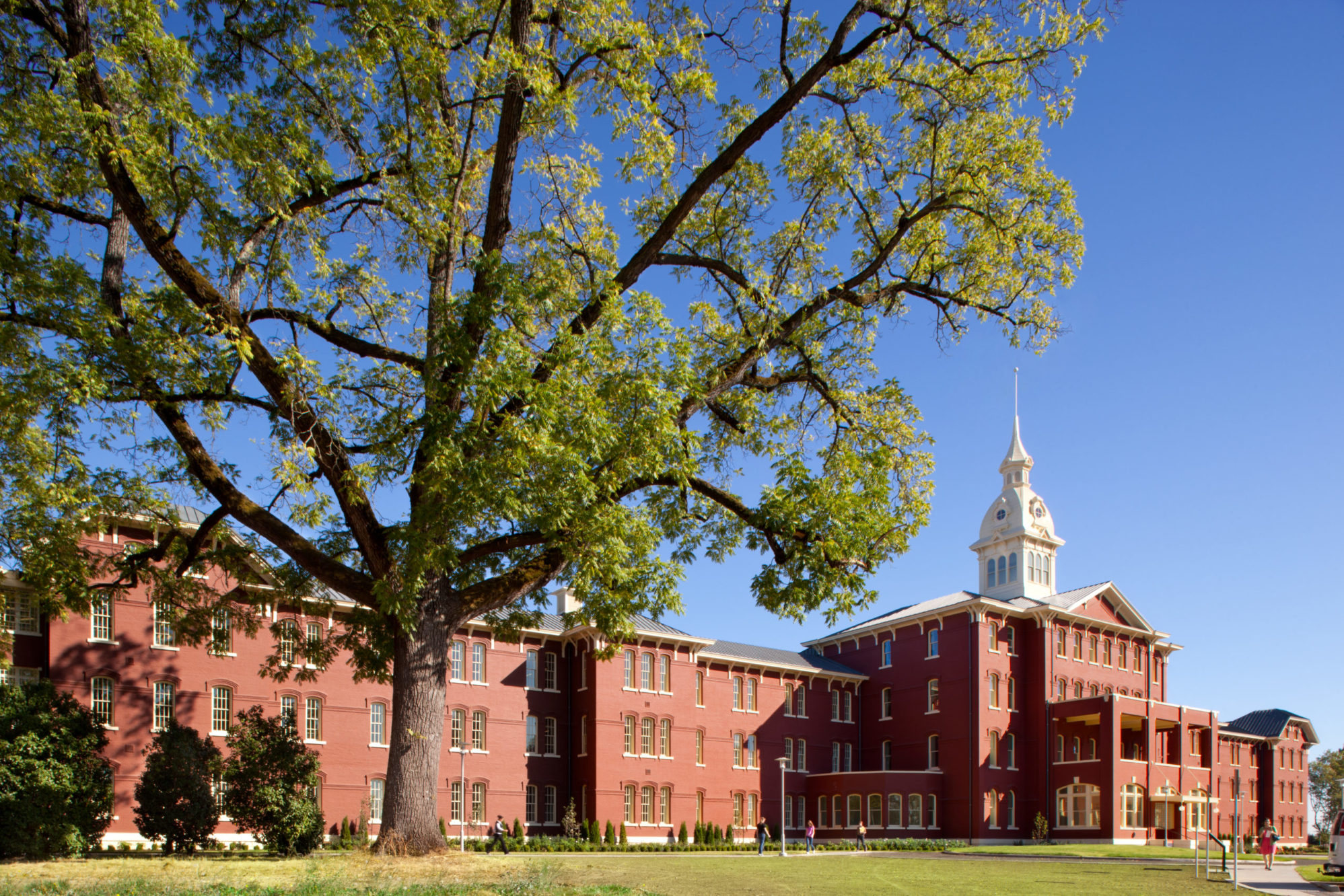
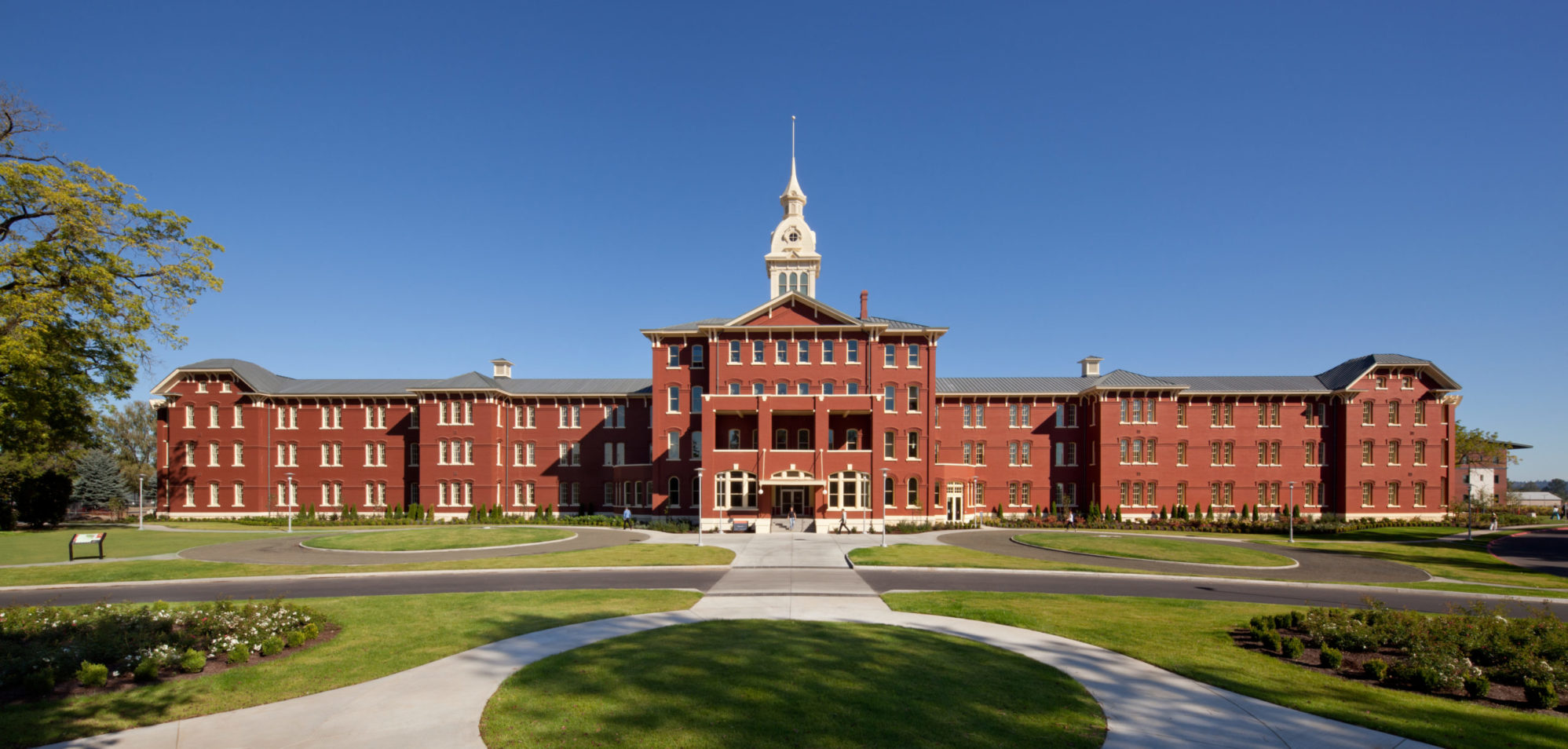
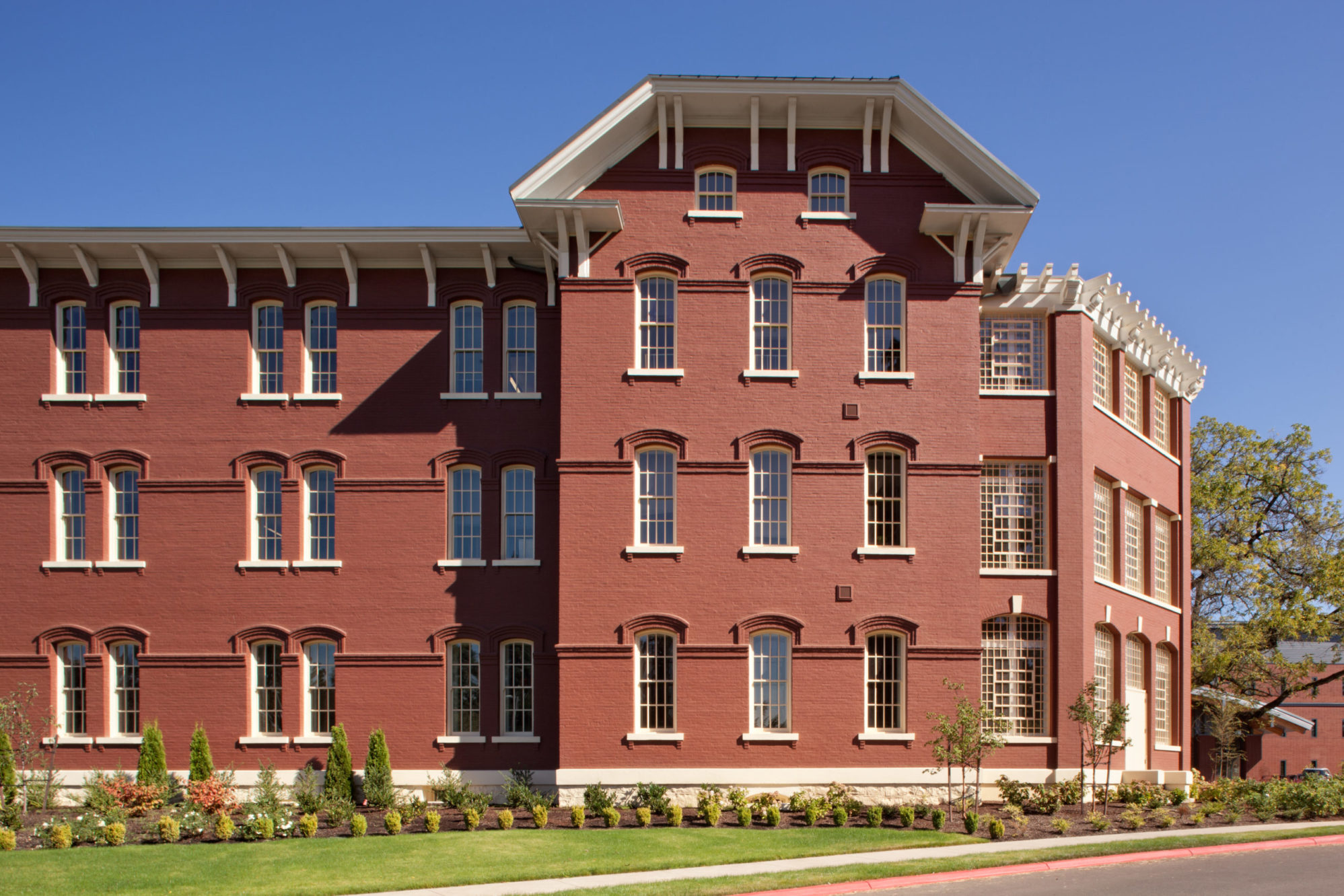

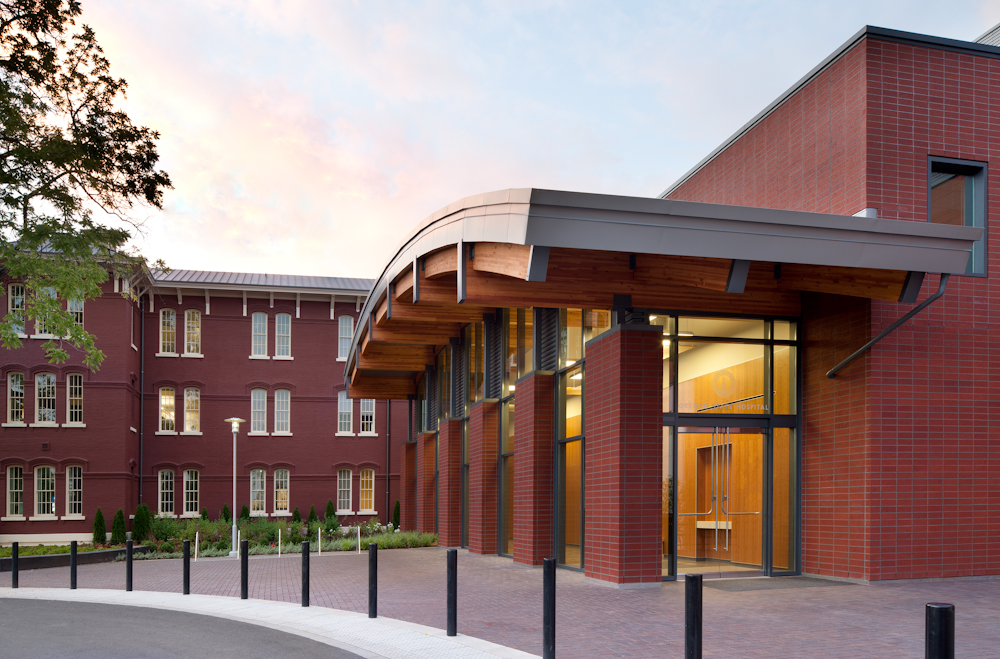
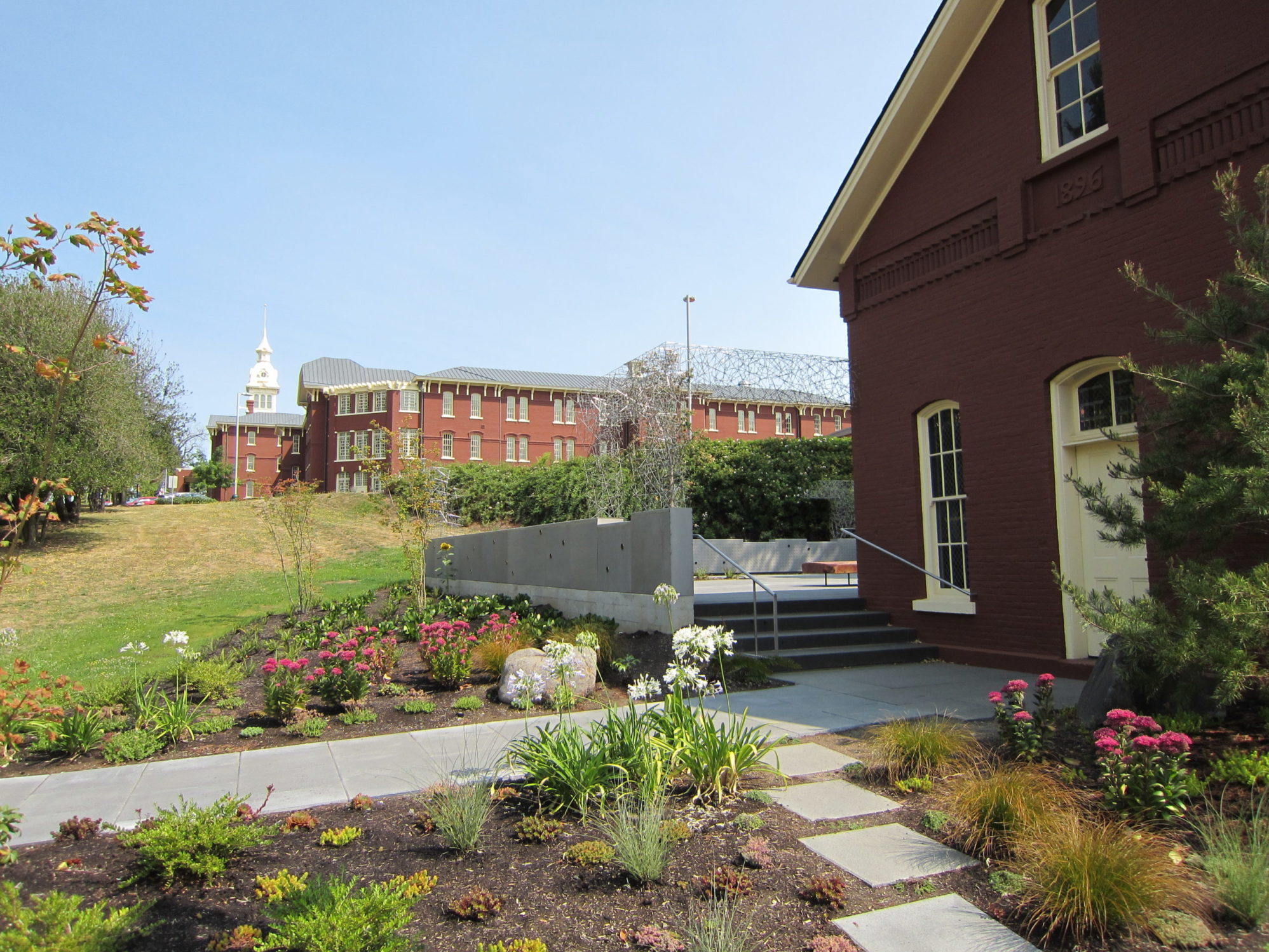
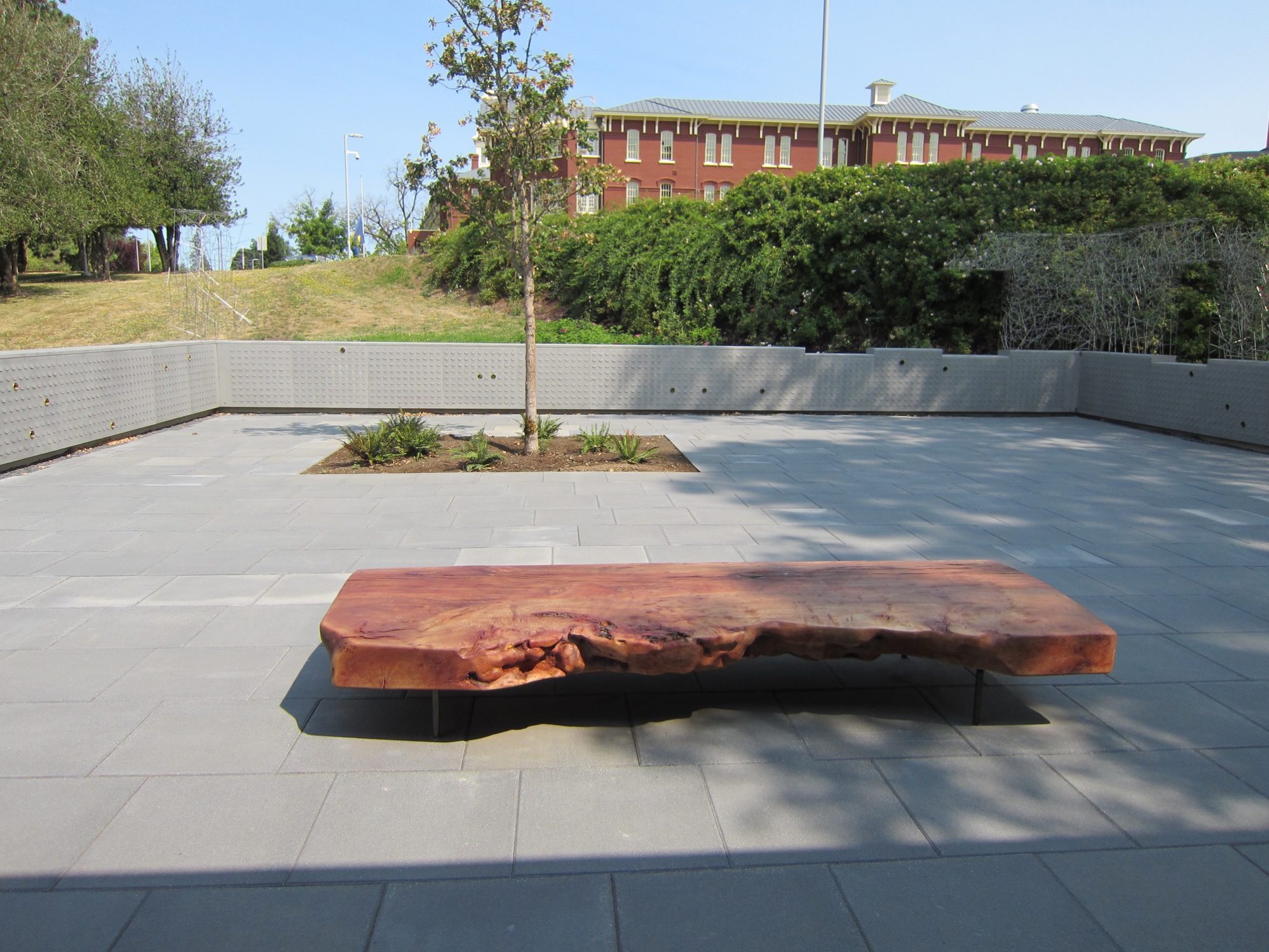

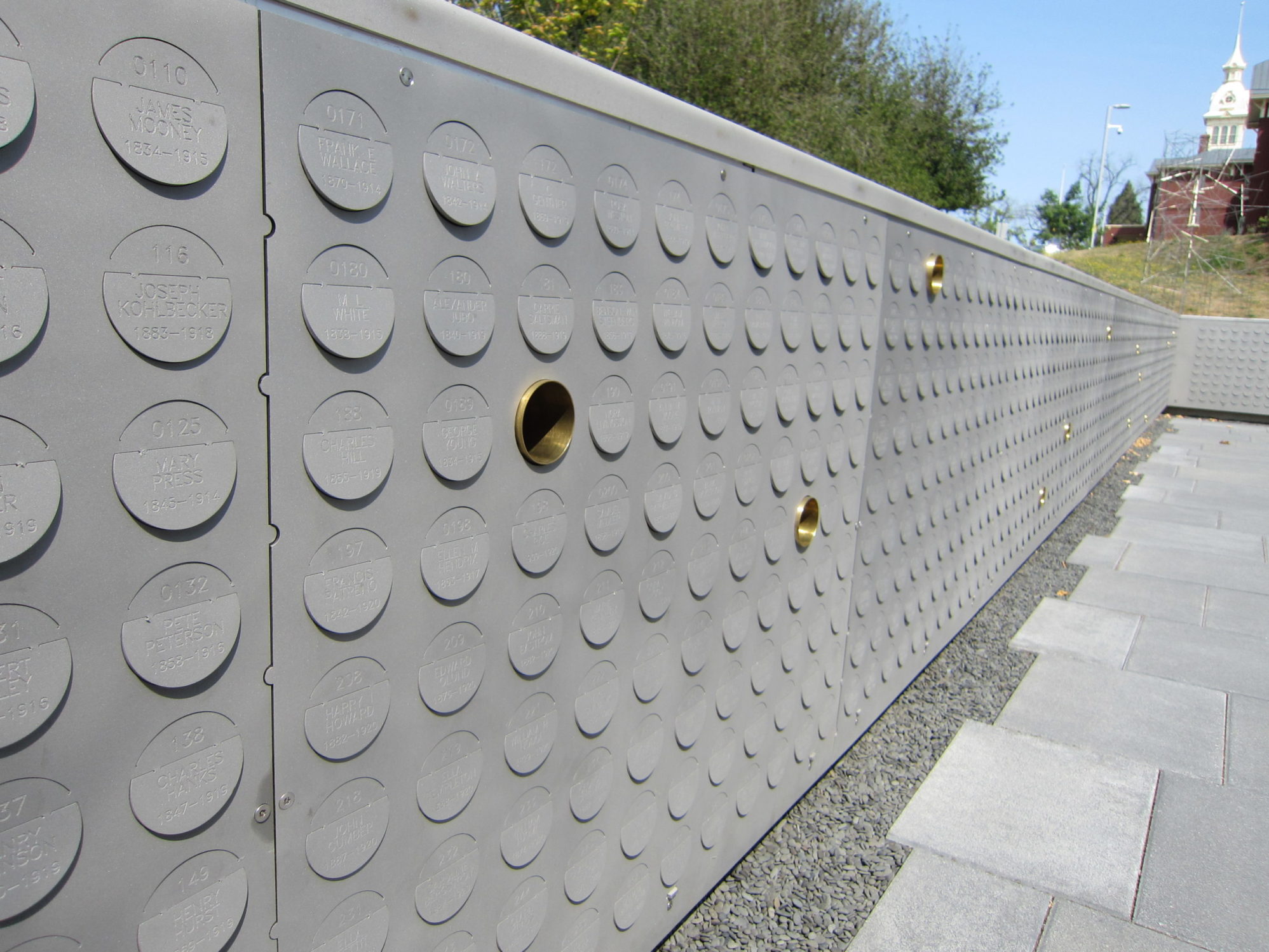
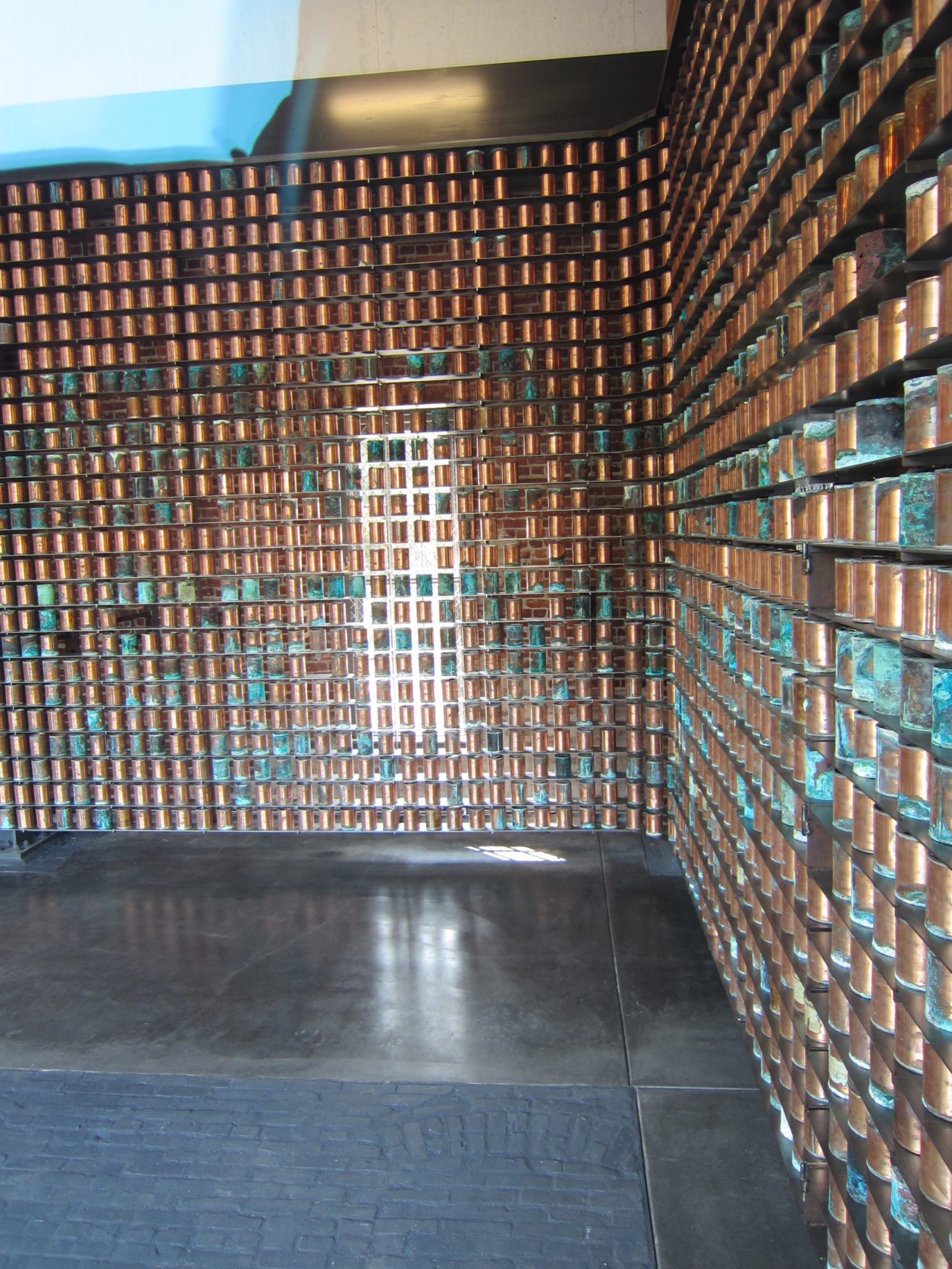

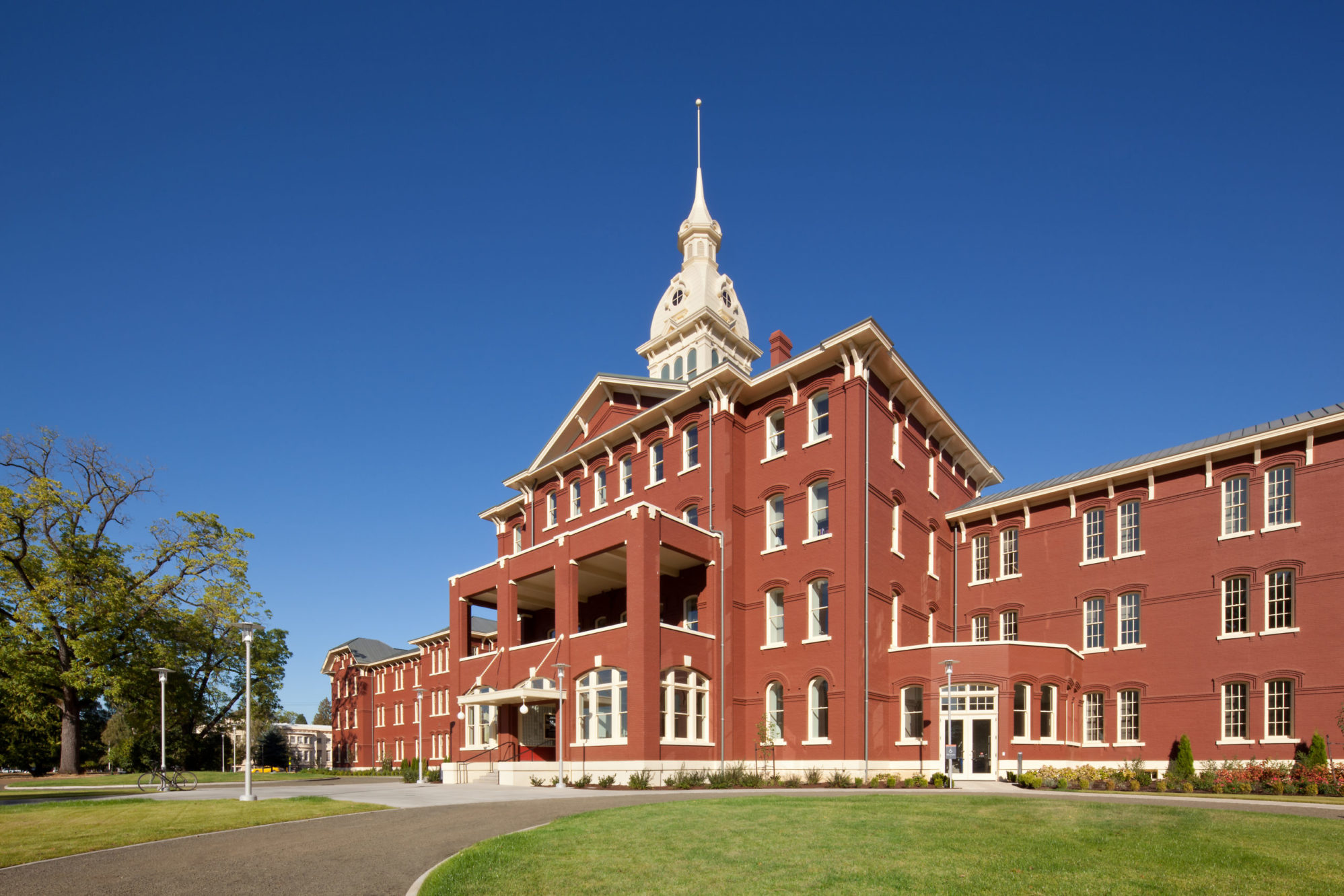
Oregon State Hospital
The original facility’s Kirkbridge design of the late 1890s was cutting-edge at the time, but did not meet modern treatment standards. The hospital was on the verge of going into federal receivership due to the poor living conditions it provided for patients. The State, the Oregon Department of Health Services and the hospital thought a new hospital complex was needed, but opposition from the local community and the City resulted in creating a National Registered Landmark District. To make room for a development and accommodate a new 650-bed forensic hospital a significant number of structures would need to be removed and a site area cleared.
The challenge was to convince a client, who didn’t fully appreciate the opportunities these historic buildings provided and was reluctant to spend money to upgrade them, to embrace these as opportunities. Local stakeholders needed convincing to accept the demolition of many historic structures and there was the issue of capturing and telling the dark history of mental health treatment. Lobotomies had been performed here, and hundreds of remains of patients were left unclaimed. Giving proper respect to these issues was an integral part of the project.
Demolishing a mid-century structure that had been built directly in front of the historic Kirkbridge building restored its prominence and liberated the park at the front of the site. This precipitated the rehabilitation and conversion of the original doctors’ residences lining one side of the park into transitional group living housing. The Kirkbridge building, once again the main entrance to the hospital, now contains multipurpose and recreational spaces for the patients, as well as office and non-medical treatment rooms. A museum is housed in the central entry second floor and tower.
Rehabilitating several maintenance buildings allowed the service zone to continue in that function and relocating others, including two greenhouses, created the site for the new hospital wings. The crematorium building was moved to just off the main entry drive and adaptively re-used as a memorial and mausoleum to house the remains of unidentified patients. The work allowed this facility to continue treatment of mental illness, now with modern methodologies.
As Principal-in-Charge of Preservation while with Architectural Resources Group, Aaron’s initial role was the preservation consultant to facilitate the demolition approvals process, but once the Landmark District was created, he began to lead the process of identifying significant structures, landscape features, and site zones. Aaron led the development of re-use plans for as many buildings as possible to convince the client to keep them.
Aaron became the lead designer and architect (principal-in-charge for the historic buildings) on the restoration and adaptive re-use of the remaining historic buildings, leading the internal team of architects, preservation planners and historians, and material conservators and the extended consultant team.
Aaron also worked closely with the prime architect partner firms to design the new buildings. He led the completion of the comprehensive HABS documentation and led the community and local approval process, with community meetings, negotiations with the city and state SHPO, and presentations and approvals from the city landmarks board.
Architect of Record: HOK
Associate Architect:
SRG Partnership
Preservation Architect:
Architectural Resources Group
Photo credits:
Josh Partee Architectural Photographer

